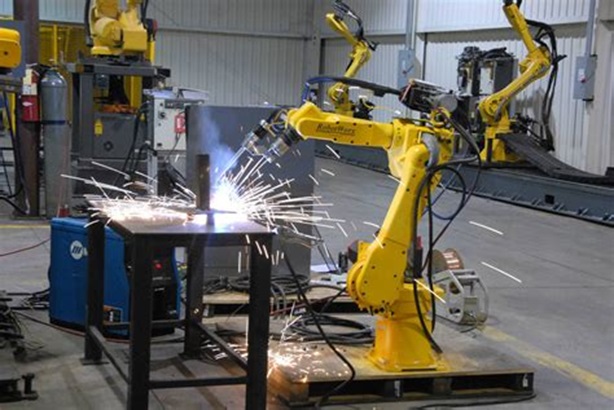Five Benefits of Factory Automation

Since the Industrial Revolution, the machine has been slowly integrating itself into our society, making our lives easier and work lighter. As time passed and the new era of the digital revolution took place, the machines have been more advanced than ever before. AI technology is being used to make the machines more independent and these led to advancements in robotics and industrial automation.
Now, factories have been slowly transitioning itself from a labor-intensive workforce into a machine-driven one. The drive to mass produce with lesser defective outputs has driven them to invest in the state of the types of equipment.
But, more than the drive for lesser outputs, what are the other benefits of automating in factories? Turns out, there are plenty. Below are the five benefits of factory automation that can benefit the business when they invest in robotics. For the best automation solutions for your business, visit IntelLiDrives
- Higher Productivity and Efficiency
Factories that need to mass-produce their outputs should invest in machines that can decrease their production time and increase their output produced. Not only does that mean that there will be fewer workers to train but it will also put the management’s mind at ease because, in a few configurations, the machine will be ready to produce more outputs in a lesser amount of time. As the machines do the majority of production, the management can place workers in different designations such as product inspection.
- Lower Operating Costs
Buying new machinery can be a daunting experience as the majority of it is expensive, but the benefits of it far outweigh its costs. New machinery means higher production yield and lesser scraps which will lower manufacturing cost. Furthermore, lower manufacturing costs result in a faster return of investment as the investment of equipment is quickly offset by shorter lead times and higher production output.
- Increased level of safety
In factories where the majority of the workload is being done by employees, there is a high incidence of employee accidents. These incidents are mainly caused by worker fatigue, poor lighting, dehydration and hazardous materials in the factory. Despite the safety precautions being observed in those factories, there is still a high risk of possibility that an accident will happen, but investment in machinery means that it can help increase the safety in those areas as the robots will do most of the production and it also will result in better health to employees.
- Reduced defective products and increase their quality
Factories have only one goal, and it is to produce the quality products that will yield high profits which are why investing in machinery is a must. When products are mainly produced by workers, it tends to have higher variations which mean higher number of defects and high number of defects signify that products don’t adhere the specifications which impede product quality and contributes to higher level of defects; but if a machine will be replaced in a critical process of the production instead of workers, it will produce more consistent outputs with little to no variations.
- Lesser workers
Investment in machinery meant a lower need for workers and a higher need for skilled ones. Gone were the days where workers do the bulk processes in the production lines as machines can produce twice as many products as workers would have in an hour. Furthermore, mechanization will significantly reduce employee work hours as the machines can produce overnight and only skilled workers were needed to check the machines.
Overall, there are tons of benefits a factory can get if they incorporate machines in their production lines but it is important to adopt six sigma in their factories. Six sigma is a framework designed to reduce waste to consistently deliver quality outputs. It will help the organization to manage the machinery and offer ways to produce a much higher result, by only following the DMAIC method. The DMAIC method is Define, Measure, Analyze, Improve and Control. These are quality measures that a factory can use to examine and innovate their production and in turn, will maximize their workforce and machinery.
At the end of the day, it is the management’s discretion to acquire new machinery, although it will be a high investment, the benefits surely trump the disadvantages. But, if the organization wants to gain higher profits with less possibility of defective outputs, not only mechanization can cement the way to produce excellent products that compete in the market but it can also contribute to society’s higher quality living and a better way of life.








